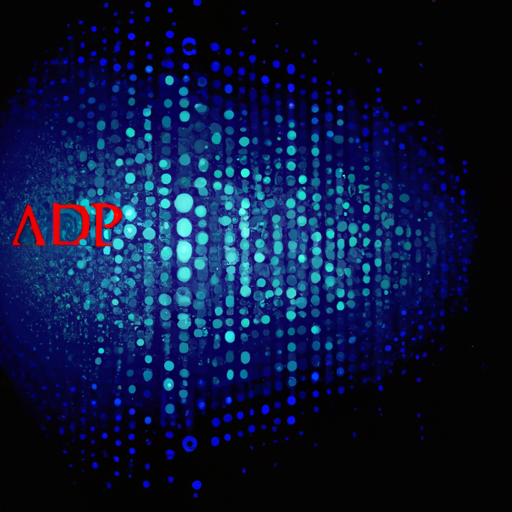Understanding Deep Artificial Intelligence: A Comprehensive Guide
Deep artificial intelligence is transforming our world in ways we never imagined. This advanced form of AI dives deep into data, uncovering patterns and insights that drive innovation across multiple industries. In this article, we will explore the fascinating world of deep artificial intelligence, its applications, and its potential to revolutionize our future.
What Is Deep Artificial Intelligence?
Deep artificial intelligence (AI) refers to a subset of machine learning where algorithms are inspired by the structure and function of the brain’s neural networks. These deep learning models process vast amounts of data through multiple layers, improving their performance as they “learn” more from the data.
Imagine deep AI as a complex onion. Each layer peels back more information, leading to deeper understanding and more accurate predictions. This layered approach differentiates it from traditional machine learning methods, which rely on predefined rules.
The Evolution Of Deep Artificial Intelligence
The journey of deep AI began with simple neural networks in the 1950s but took significant strides with the advent of powerful computers and large datasets in recent decades. Now, deep learning algorithms are capable of tackling complex tasks that were once considered impossible for machines.
One key driver for this evolution is big data. With enormous volumes of data available from various sources like social media, healthcare records, and sensors in smart devices, deep AI can analyze this information to generate meaningful insights.
Key Milestones In Deep AI Development
The breakthrough came with Geoffrey Hinton’s work on backpropagation in the 1980s. More recently, Google’s AlphaGo defeating world champions in Go highlighted the potential of deep AI.
These milestones underscore how far we’ve come in harnessing artificial intelligence and data science for practical applications.
Applications Of Deep Artificial Intelligence
Deep artificial intelligence has permeated various sectors, enhancing efficiency and enabling new possibilities.
Artificial Intelligence In Healthcare
In healthcare, deep AI is a game-changer. From predicting patient outcomes to diagnosing diseases with high accuracy, its impact is profound. For instance:
– Medical Imaging: Deep learning models can analyze medical images to identify anomalies such as tumors more accurately than human radiologists.
– Predictive Analytics: By sifting through patient records and genetic information, these models help predict disease progression and treatment responses.
– Drug Discovery: It accelerates drug discovery by simulating how different molecules interact with human cells.
Augmented Reality And Deep AI
Another exciting application is in augmented reality (AR). Deep AI enhances AR experiences by providing:
– Real-Time Object Recognition: Identifying objects in real-time for interactive AR applications.
– Enhanced User Interaction: Improving human-computer interaction by making AR environments more intuitive and responsive.
This integration opens up new avenues for education, gaming, retail experiences, and much more.
The Role Of Big Data In Deep Artificial Intelligence
Big data plays a pivotal role in powering deep artificial intelligence algorithms. The availability of large datasets allows these algorithms to learn better patterns and make accurate predictions.
Consider an e-commerce giant using big data combined with deep AI to personalize customer experiences:
– By analyzing purchase history and browsing behavior.
– The system recommends products that align closely with individual preferences.
– It even predicts future buying trends based on collective behavior patterns observed within user groups.
This synergy between big data analytics and deep learning not only boosts business outcomes but also enhances customer satisfaction dramatically.
Challenges And Ethical Considerations
Despite its numerous benefits, implementing deep artificial intelligence comes with challenges:
1. Data Privacy: Ensuring user privacy while leveraging big datasets remains critical.
2. Bias Mitigation: Algorithms may inadvertently perpetuate biases present within training data unless carefully managed.
3. Transparency Issues: Understanding how decisions are made by complex models can be difficult—this lack of transparency poses risks especially when applied in critical domains like justice or finance.
These ethical considerations must be addressed proactively through regulation frameworks ensuring responsible development practices along with continuous monitoring mechanisms ensuring fairness throughout deployment phases involving sensitive use-cases impacting human lives directly/indirectly at scale globally now/moving-forward alike!
The Future Of Deep Artificial Intelligence
The future looks incredibly promising as advances continue unabatedly across different facets driving further innovations ahead beyond current paradigms unlocking newer realms previously thought unimaginable within near-term horizons themselves!
Imagine autonomous vehicles seamlessly navigating chaotic urban streets adapting dynamically evolving traffic conditions around them autonomously powered solely via sophisticated onboard neural nets running real-time inferencing operations continuously basis leveraging latest-state-art industrial-grade GPUs/TPUs alike!

